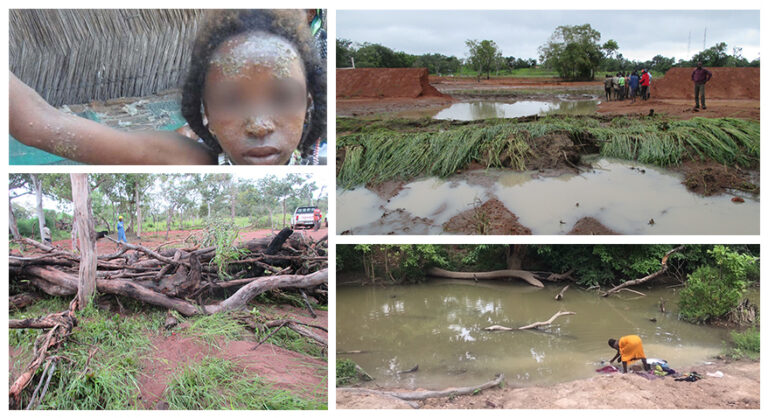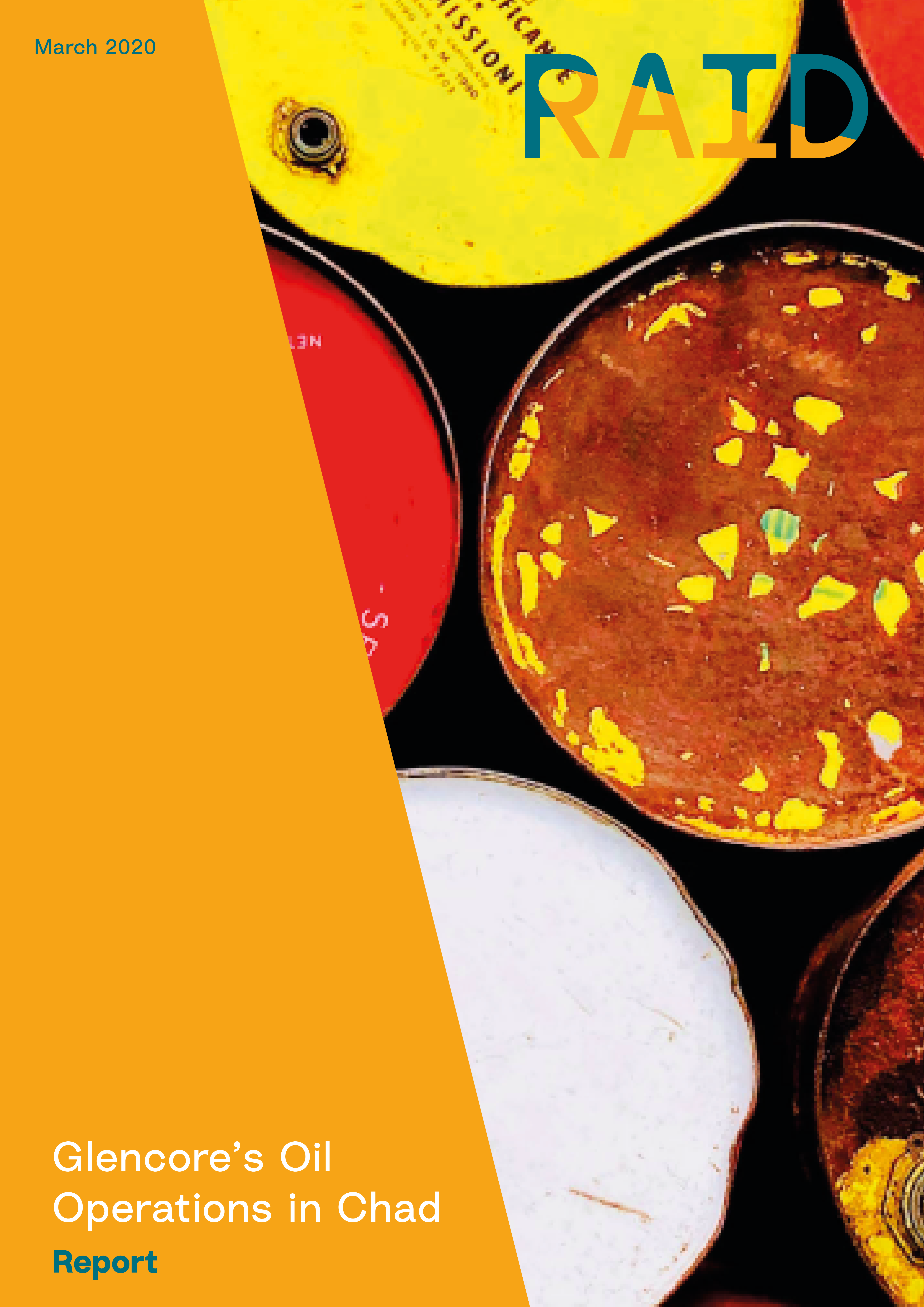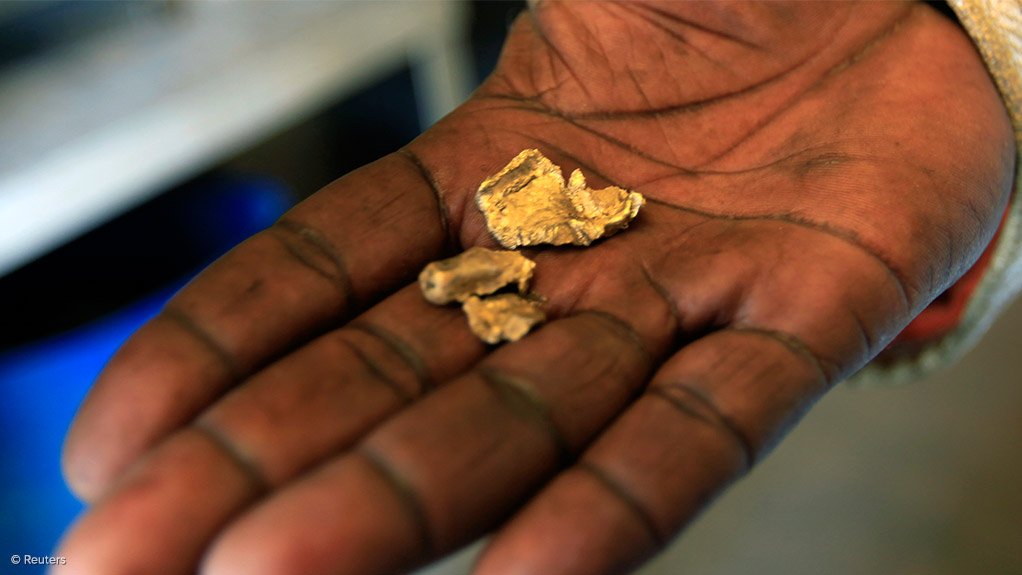By Rystad Energy - Nov 20, 2024
Major oil companies are investing in biofuels as a key part of their decarbonization strategies, with a focus on HVO and SAF.
These companies are utilizing a mix of greenfield developments, co-processing, and refinery conversions to increase biofuel production capacity.
BP and Chevron are leading the charge in terms of announced production capacity, with other oil majors also making significant investments in the sector.
![]()
Under increasing pressure to decarbonize and shift away from traditional fossil fuels, the world’s leading oil and gas companies are ramping up investments in the biofuels sector. Major players such as BP, Chevron, Shell, TotalEnergies, ExxonMobil and Eni are incorporating biofuels into their broader energy transition strategies, recognizing the growing global demand for sustainable fuel sources. According to Rystad Energy’s research, these six oil majors have announced a total of 43 biofuel projects that are either already operational or are targeted to start up by 2030. While investments span various biofuel products, including biodiesel and ethanol, the focus is clearly on hydrotreated vegetable oil (HVO) and sustainable aviation fuel (SAF), which are expected to make up nearly 90% of the projected biofuel production.
Analyzing the implementation of these investments, which could add a combined 286,000 barrels per day (bpd) of production capacity, reveals that 31 projects are greenfield developments. Six involve co-processing — integrating bio feedstock into existing crude-oil refineries to produce a blended feedstock — while another six are full conversions of refineries to facilities dedicated exclusively to biofuel production. Co-processing stands out as a cost-effective option that allows companies to leverage existing infrastructure and reduce upfront investment, making it an appealing choice for oil majors entering the biofuels market.
Supermajors are accelerating investments in biofuels like HVO and SAF, recognizing their potential as low-carbon ‘drop-in’ fuels that can be swiftly integrated into existing aviation, heavy transport and marine fuel systems. As the energy transition progresses, these biofuels offer a practical, near-term solution to reduce emissions without requiring significant changes to current infrastructure. With increasing regulatory pressure to adopt SAF, such as Europe’s ‘ReFuel EU’ initiative and expanding mandates in Asia Pacific, biofuels have shifted from being a potential option to becoming an essential component of decarbonization strategies,
Lars Klesse, Analyst, BioEnergy Research, Rystad Energy
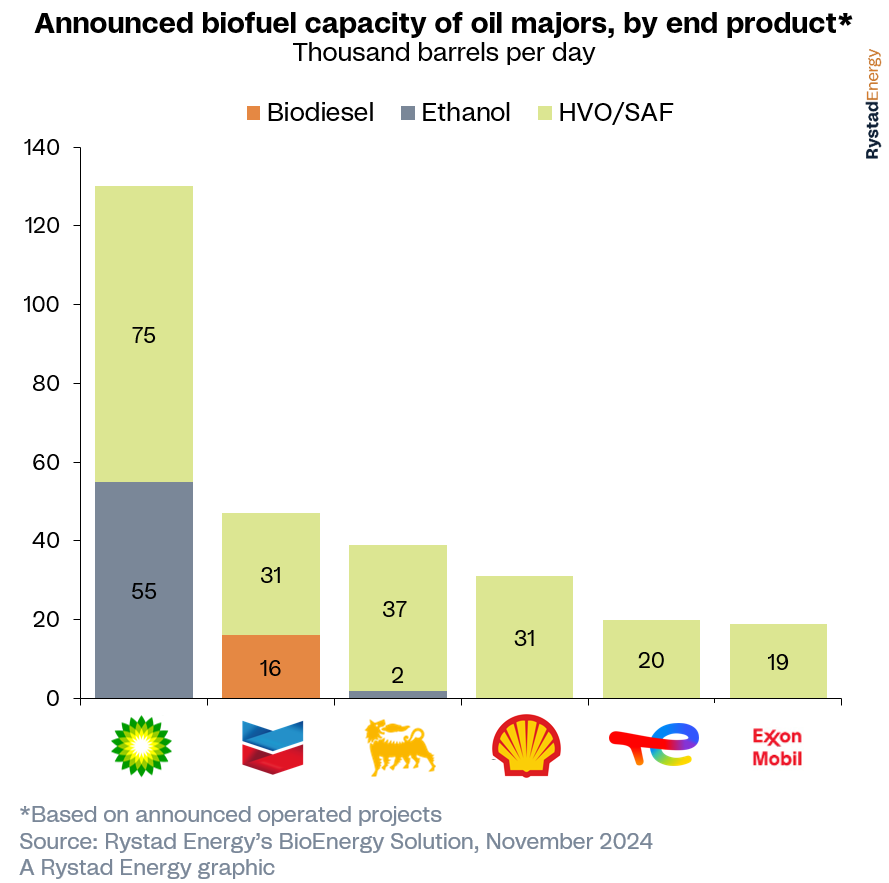
Learn more with Rystad Energy's newly launched BioEnergy Solution.
The 43 biofuel projects announced by oil majors signal promising developments in the industry. Chevron's Geismar project, the largest of the 31 greenfield initiatives, is set to produce 22,000 bpd of biofuel, marking a significant addition to global capacity. Additionally, Chevron’s El Segundo refinery, the largest in co-processing capacity, converted a diesel hydrotreating unit last year into a 10,000 bpd renewable facility. BP's Kwinana project, the largest announced refinery conversion, is also poised to significantly increase the production of sustainable fuels. By 2030, this project is expected to produce 50,000 bpd of HVO and SAF, a gamechanger that could be pivotal for meeting rising demand for biofuels in the near future.
Among the leading companies, BP stands out with the largest announced production capacity in its pipeline, reaching a combined 130,000 bpd of ethanol and HVO/SAF capacity and positioning BP as a global frontrunner in the bioenergy space. Other oil majors, including Chevron, Eni, Shell, TotalEnergies and ExxonMobil, are also making significant strides, particularly in the advanced biofuels sector, although many of these projects are still in development.
BP and Chevron hold significant positions in operational capacity. BP's acquisition of Bunge Bioenergia, a leading Brazilian biofuel producer, has substantially increased its production capacity to approximately 66,000 bpd. The acquisition has enabled BP to exceed its 2025 milestone of 50,000 bpd and positions the company to achieve its biofuel target of 100,000 bpd by 2030. Additionally, Chevron's purchase of Renewable Energy Group and Eni's operational advanced biofuel capacity of 22,000 bpd, driven by both co-processing and conversion projects, further solidify their positions in the expanding biofuels market.
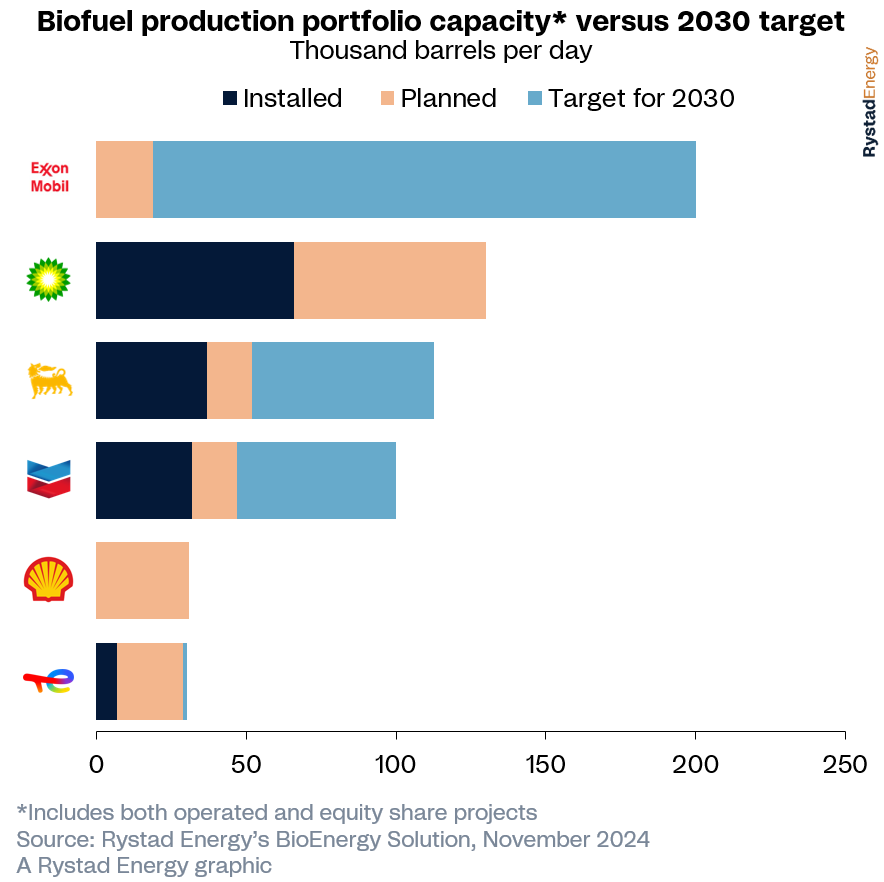
TotalEnergies has also outlined aggressive biofuel targets, aiming to use waste biomass for 75% of its biofuel production by the end of 2024. To achieve this, the French integrated energy and petroleum company plans to prioritize waste and residues from the food industry, such as used oils and animal fats, to avoid land-use conflicts. Meanwhile, ExxonMobil is gearing up to start biofuel production at its Strathcona Refinery next year, with an initial capacity of 20,000 bpd. The company also plans to launch 12 additional biofuel projects to help it reach its goal of 200,000 bpd by 2030.
As oil majors shift to lower-carbon energy, there is a clear trend toward advanced biofuels, particularly HVO and SAF, with companies scaling up production to meet rising demand from the aviation and heavy transport sectors. Despite some project delays, biofuels are seeing a significant increase in investment and innovation as 2030 decarbonization targets loom and the market for fossil-fuel alternatives grows.
By Rystad Energy
Major oil companies are investing in biofuels as a key part of their decarbonization strategies, with a focus on HVO and SAF.
These companies are utilizing a mix of greenfield developments, co-processing, and refinery conversions to increase biofuel production capacity.
BP and Chevron are leading the charge in terms of announced production capacity, with other oil majors also making significant investments in the sector.
Under increasing pressure to decarbonize and shift away from traditional fossil fuels, the world’s leading oil and gas companies are ramping up investments in the biofuels sector. Major players such as BP, Chevron, Shell, TotalEnergies, ExxonMobil and Eni are incorporating biofuels into their broader energy transition strategies, recognizing the growing global demand for sustainable fuel sources. According to Rystad Energy’s research, these six oil majors have announced a total of 43 biofuel projects that are either already operational or are targeted to start up by 2030. While investments span various biofuel products, including biodiesel and ethanol, the focus is clearly on hydrotreated vegetable oil (HVO) and sustainable aviation fuel (SAF), which are expected to make up nearly 90% of the projected biofuel production.
Analyzing the implementation of these investments, which could add a combined 286,000 barrels per day (bpd) of production capacity, reveals that 31 projects are greenfield developments. Six involve co-processing — integrating bio feedstock into existing crude-oil refineries to produce a blended feedstock — while another six are full conversions of refineries to facilities dedicated exclusively to biofuel production. Co-processing stands out as a cost-effective option that allows companies to leverage existing infrastructure and reduce upfront investment, making it an appealing choice for oil majors entering the biofuels market.
Supermajors are accelerating investments in biofuels like HVO and SAF, recognizing their potential as low-carbon ‘drop-in’ fuels that can be swiftly integrated into existing aviation, heavy transport and marine fuel systems. As the energy transition progresses, these biofuels offer a practical, near-term solution to reduce emissions without requiring significant changes to current infrastructure. With increasing regulatory pressure to adopt SAF, such as Europe’s ‘ReFuel EU’ initiative and expanding mandates in Asia Pacific, biofuels have shifted from being a potential option to becoming an essential component of decarbonization strategies,
Lars Klesse, Analyst, BioEnergy Research, Rystad Energy

Learn more with Rystad Energy's newly launched BioEnergy Solution.
The 43 biofuel projects announced by oil majors signal promising developments in the industry. Chevron's Geismar project, the largest of the 31 greenfield initiatives, is set to produce 22,000 bpd of biofuel, marking a significant addition to global capacity. Additionally, Chevron’s El Segundo refinery, the largest in co-processing capacity, converted a diesel hydrotreating unit last year into a 10,000 bpd renewable facility. BP's Kwinana project, the largest announced refinery conversion, is also poised to significantly increase the production of sustainable fuels. By 2030, this project is expected to produce 50,000 bpd of HVO and SAF, a gamechanger that could be pivotal for meeting rising demand for biofuels in the near future.
Among the leading companies, BP stands out with the largest announced production capacity in its pipeline, reaching a combined 130,000 bpd of ethanol and HVO/SAF capacity and positioning BP as a global frontrunner in the bioenergy space. Other oil majors, including Chevron, Eni, Shell, TotalEnergies and ExxonMobil, are also making significant strides, particularly in the advanced biofuels sector, although many of these projects are still in development.
BP and Chevron hold significant positions in operational capacity. BP's acquisition of Bunge Bioenergia, a leading Brazilian biofuel producer, has substantially increased its production capacity to approximately 66,000 bpd. The acquisition has enabled BP to exceed its 2025 milestone of 50,000 bpd and positions the company to achieve its biofuel target of 100,000 bpd by 2030. Additionally, Chevron's purchase of Renewable Energy Group and Eni's operational advanced biofuel capacity of 22,000 bpd, driven by both co-processing and conversion projects, further solidify their positions in the expanding biofuels market.

TotalEnergies has also outlined aggressive biofuel targets, aiming to use waste biomass for 75% of its biofuel production by the end of 2024. To achieve this, the French integrated energy and petroleum company plans to prioritize waste and residues from the food industry, such as used oils and animal fats, to avoid land-use conflicts. Meanwhile, ExxonMobil is gearing up to start biofuel production at its Strathcona Refinery next year, with an initial capacity of 20,000 bpd. The company also plans to launch 12 additional biofuel projects to help it reach its goal of 200,000 bpd by 2030.
As oil majors shift to lower-carbon energy, there is a clear trend toward advanced biofuels, particularly HVO and SAF, with companies scaling up production to meet rising demand from the aviation and heavy transport sectors. Despite some project delays, biofuels are seeing a significant increase in investment and innovation as 2030 decarbonization targets loom and the market for fossil-fuel alternatives grows.
By Rystad Energy








